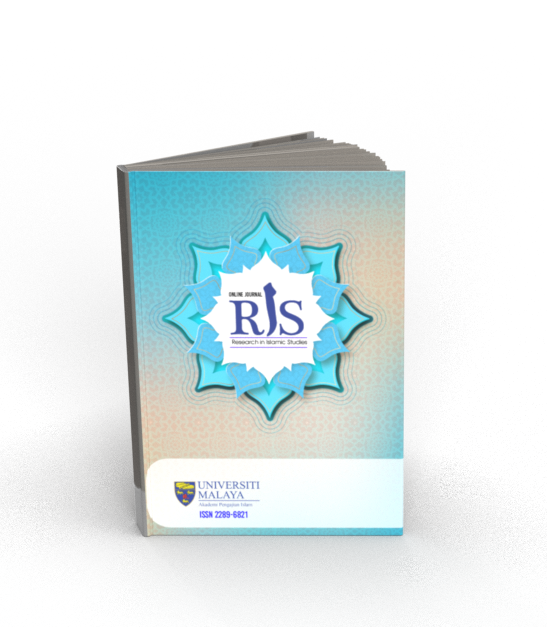Main Article Content
Abstract
The aim of this research is to verify the attribution of Zayd's book to him by looking at two important factors: Checking the attribution of the book from us to the author, and the book's popularity in the scientific community. Looking at the chain of transmission, a uniqueness was found, which continued in twelve layers after Zaid. It is a severe uniqueness that is not common to happen to famous books, with its inclusion of some liars. When the book's popularity and its distribution in the scientific community were examined, it was found that from the third to the sixth century AH neither Zaid's close relatives nor the most well-known Zaidi imams who attempted to emulate his doctrine were aware of its existence, until Judge Jaafar Bin Ahmad Bin Abdul Salam Al-Bahlouli announced its unique existence and its chain of transmission. The study concluded that the book was fabricated for Zaid, that his creator is the Judge Al-Bahlouli, who is unique in its chain of transmission. He is the one for whom the book is famous, and that some chain of narrators was then composed to it. The research also revealed that what the terminologists mention about leniency in chains of transmission to authors does not apply to Zaid's chain of transmission because it violates a number of conditions they recognize in this regard.
Keywords
Article Details
Copyright (c) 2023 Online Journal of Research in Islamic Studies

This work is licensed under a Creative Commons Attribution-NonCommercial-ShareAlike 4.0 International License.
Copyright Notice
By submitting manuscripts to the Online Journal of Research in Islamic Studies (RIS), authors agree to transfer copyright to the journal. However, authors may republish their work or grant others permission to republish it; in which case it should be accompanied by a proper acknowledgment that the work was originally published in the Online Journal of Research in Islamic Studies (RIS). The journal adopt CC-BY-NC licence which authors may also share and distribute their article anywhere of non-commercial website, social media and repositories immediately on publication.
Authors may also reuse the Abstract and Citation information (e.g. Title, Author name, Publication dates) of their article anywhere at any time including social media such as Facebook, blogs and Twitter, providing that where possible a link is included back to the article on the journal site.
